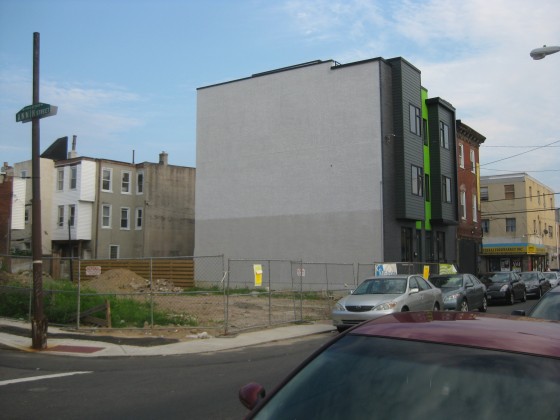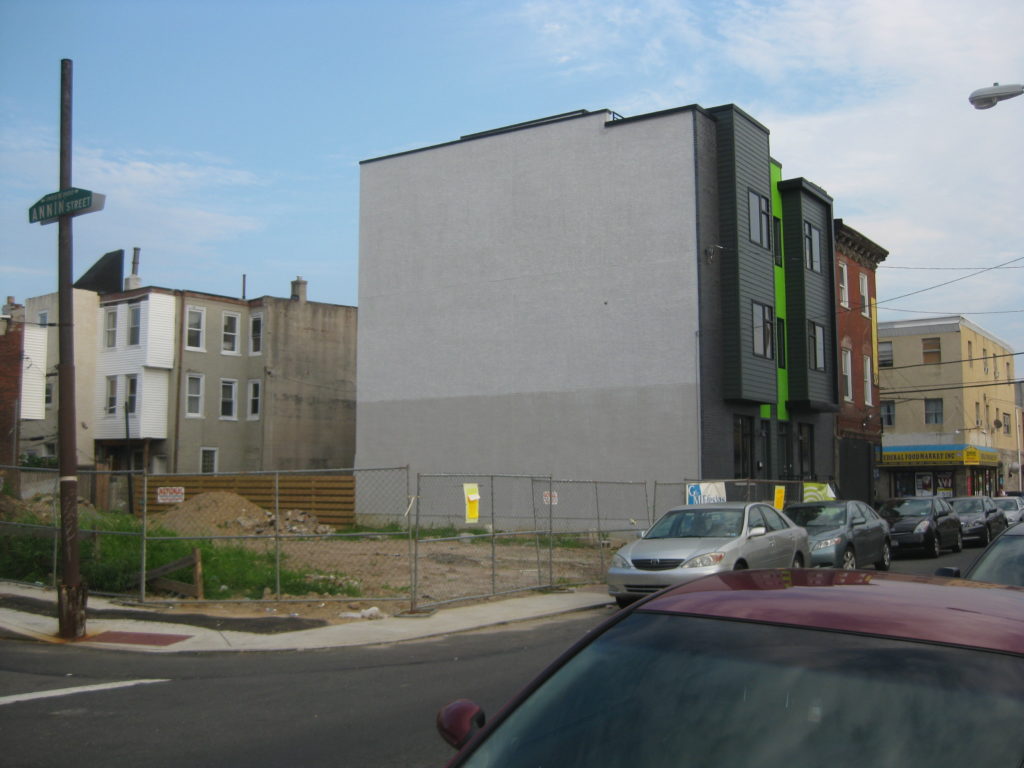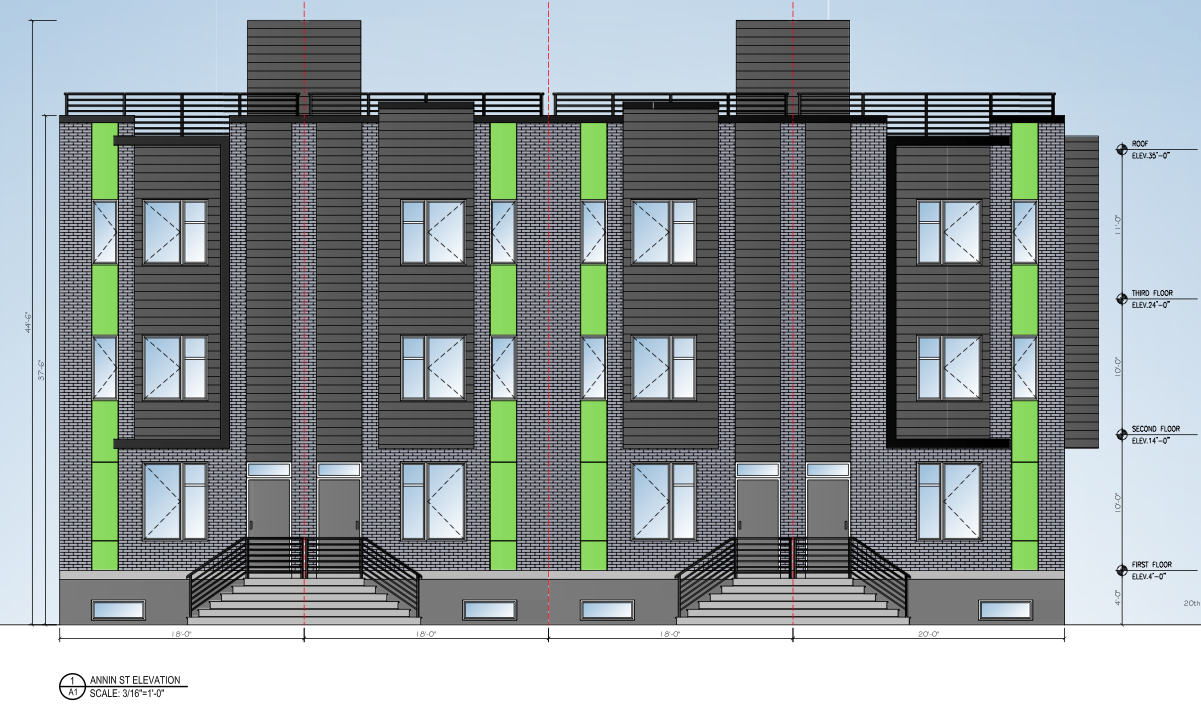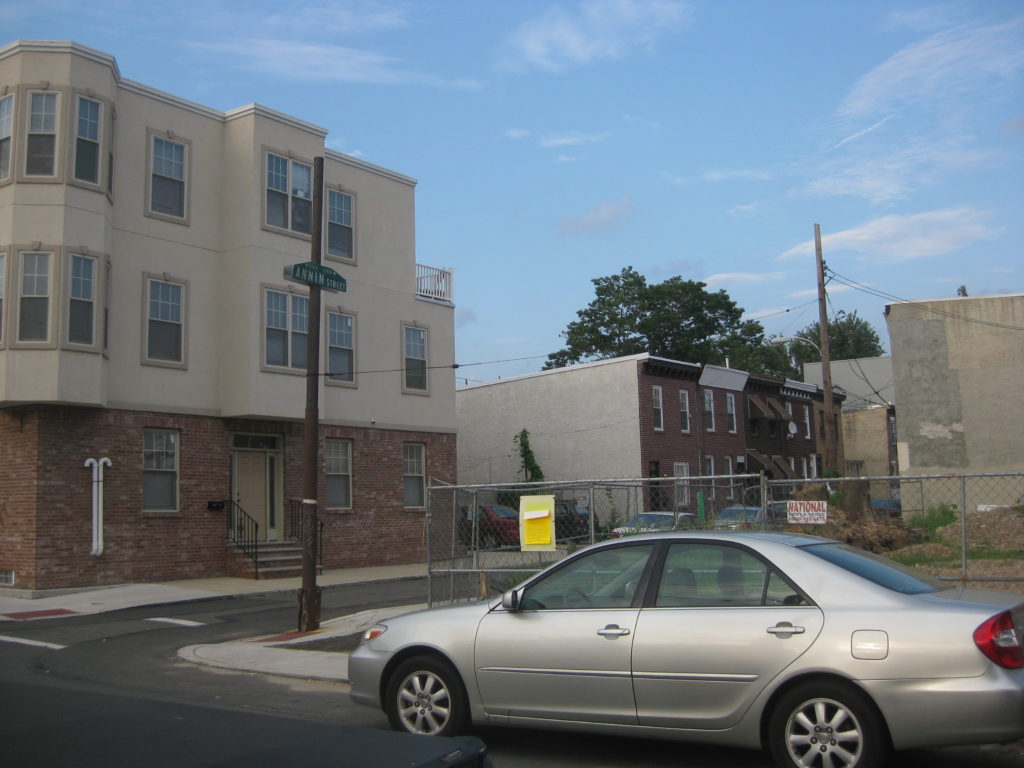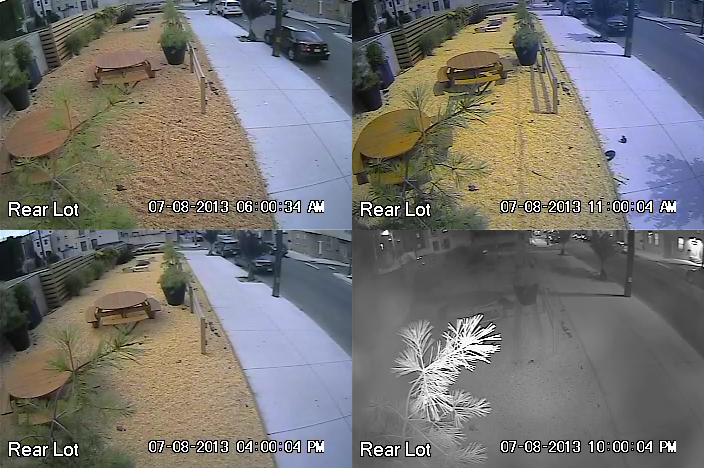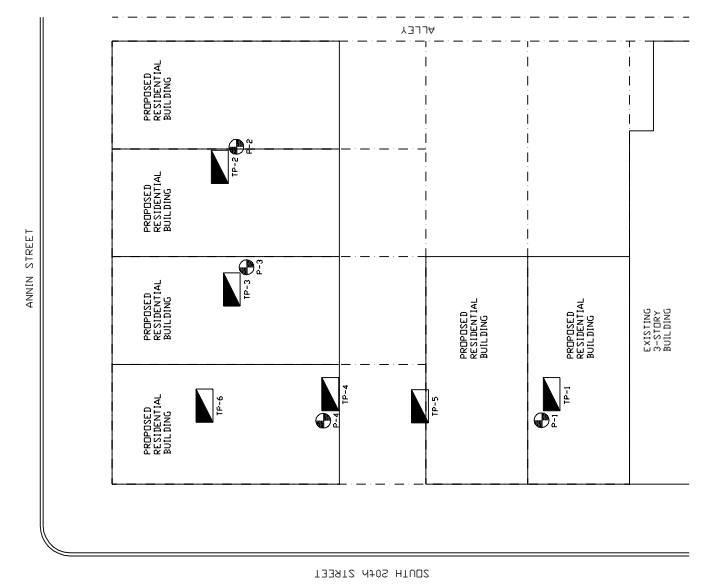Preemptive disclosure that Ori Feibush owns this blog, in case ya didn’t know. And while this post will surely be biased, it will still raise some important points that are true, notwithstanding that bias. Just wanted to be up front, mkay?
One of the more straightforward and common zoning applications that we see is to relocate lot lines. These applications come up for a variety of reasons. Developers purchase adjacent lots and consolidate them to build a larger structure. They acquire several small lots that won’t accomodate a viable project, so they combine them to build a property that will work, dimensionally. Often in the case of the demolition of a larger building, the owner will break up a big lot in favor of several smaller lots, to build multiple structures where the larger structure once stood. These types of applications are so run of the mill, so unexciting, that they rarely cause much hand-wringing or debate on the community level, let alone at the ZBA.
Which is why it’s perhaps a little surprising that yesterday, when developer Ori Feibush presented a case to the ZBA to relocate the lot lines of the three lots at the southeastern corner of 20th & Annin, he faced a wall of opposition from neighbors on the block, the Councilman’s office, the local RCO, and a group of over a dozen people wearing Point Breeze Organizing Committee t-shirts. These folks all stood in opposition to Feibush’s plan to change the orientation of the lots to front Annin Street, which would add a fourth lot to the mix, and ultimately a fourth home as well. In all, about thirty people came out to the ZBA to oppose the project, and over twenty showed up in support.
Can you imagine, around fifty people showed up for an application for relocation of lot lines! Sure, you would expect near neighbors to take notice of this project due to the fact that it would fill in a lot that’s been vacant for decades, you wouldn’t expect dozens of people to square off over what seems like a relatively innocuous proposal. But that’s exactly what happened.
So… what’s the big deal, exactly? What happened here? Unfortunately, it seems that much of the opposition is fueled by a difference in opinion, a touch of fear-mongering, and a dash of personal distaste for the developer himself.
At the community meeting a couple of weeks ago, one neighbor on the block attacked the project and the developer, suggesting that the project was an overbuild and that the design was motivated by greed. At the ZBA hearing, this same individual provided three reasons for her opposition to the project. 1) The density of the project will cause additional congestion and negatively impact parking, 2) the design and orientation of the project will ruin the character of the block, and 3) the project will cause taxes to go up for near neighbors, and possibly force people out of their homes. Let’s address those concerns, briefly, to ease everyone’s mind. And let’s go in reverse, because that will make it more fun!
We’ll give her the benefit of the doubt and assume that the tax argument is simply a misunderstanding of the facts. According to OPA, this development will have no impact on the current or future assessments of the existing homes on the block. When performing assessments, OPA compares like properties to like properties. That’s to say that the new homes will not be compared to homes built a hundred years ago, only to recently constructed properties. So the tax argument doesn’t hold water. But it sure is a great tool to scare your neighbors into signing a petition in opposition to a project!
Will these homes ruin the character of the block? Well, they certainly don’t look like any other homes on the block, either in terms of height or design. On the other hand, plenty of homes stick out from their neighbors all over town. Unless Annin Street has suddenly become a historic district, the aesthetics of the homes should have no role in the conversation. And while it’s true that Annin Street is a primarily two-story block, the new zoning code allows three story buildings by right on corner lots. So if the lots don’t get reoriented, the side of a three story corner property will take up the first forty plus feet of the block, to be followed by twenty feet of wooden fence. Not sure how the side of a three story building maintains the block’s character better than the fronts of four homes, but what do we know? From where we sit, this is a difference in a opinion, not a relevant zoning matter.
Finally, the issue of density. The question that we would ask is, what is the marginal “congestion rate” in this part of Point Breeze? Neighbors are worried about the problems that could be caused by the construction of four houses at the end of the block instead of three. Statements have been made that fire trucks and police vehicles may have trouble as a result, and that parking is already stretched on weekends by the church at the end of the block. The implication here is that fires will be put out and criminals caught if three homes are built on 20th Street, but if four are built on Annin, then the city will burn if the crooks don’t take it down first, and nobody will have any place to park, especially on the weekends. We don’t think that three homes vs. four homes will make any difference for the police and firefighters. And as for parking, it certainly doesn’t seem to be a problem at present.
The refusals for the project are simple. The new lots would be smaller than the required 1,440 sqft, and the interior homes would be short on open area by about eight percent. To the point of the first refusal, almost no lots in this neighborhood are that size. To the point of the second refusal, the homes, as proposed, would have more open area than any other home on the south side of this block of Annin Street.
Moreover, Feibush presented two hardships at the ZBA that would justify the changed lot lines. First, ground testing revealed that the soil at the front of the three lots is very poor. When BP Geotech did boring tests, they discovered that the soil in this area is infill down to at least 16.5′. What this means is that to build three homes fronting 20th Street would require excavation down at least that deep, infill with crushed stones, the compacting of those stones, and the construction of the homes on prohibitively expensive slab foundations. Additionally, because of the extremely deep excavation required, the builders would need to underpin the newly built home immediately to the south.
The other hardship is also tied to the land. The remains of a four foot wide by five foot deep foundation run down the middle of the southern lot. Building a home here would require the complete removal of this old foundation, which runs five feet deep and is solid concrete. Simply leveling a small section of this old foundation resulted in considerable cost overruns, and its complete removal will be much more costly.
If the homes front Annin Street, excavation and a slab foundation would only be needed for one of the homes, allowing the other three to be built using more standard (and much less expensive) foundations. Additionally, the old foundation could be leveled to grade, rather than removed. The added cost for three slab foundations for homes fronting 20th Street and removal of the old foundation would threaten the financial viability of the project, making these issues legitimate hardships under the new code.
Unfortunately, the ZBA has a real pickle on its hands. A developer has come to them asking for variances, and presented hardships that justify them. In another world, it would be a fairly cut and dried situation. Unfortunately for them, they have to take into account opposition from numerous parties, which is hard to ignore or dismiss. But if you examine the opposition to the project a little more closely, it can and should be questioned.
First, exactly two Annin Street residents showed up to the hearing, though they had a petition that they claimed had signatures from twenty-four of twenty-seven occupied homes on the block. We examined this petition and compared the signatures to public record, taking into account the active rental licenses on the block as well. By our analysis, signatures from only nine legally occupied homes could be found on the petition. It should be noted that it was because of this petition that the Councilman’s office wrote their letter of opposition. For the record, Feibush also submitted petitions with around two hundred signatures, from residents within a couple of blocks of the lots.
But what value are petitions, really? Especially in a case like this, there’s no way of knowing who said what to gain those signatures, and whether they’re even valid in the first place. If your neighbor came up to you and told you your taxes were going up and you needed to sign something to help fight that, you’d probably sign it and continue on with your day, not necessarily asking for more details or taking the time to validate those claims. So while it’s absolutely clear from the attendance at the hearing that two Annin Street residents oppose the project, and another twenty-eight or so people from around the neighborhood oppose it as well, there’s simply no good way to prove that the other twenty-two folks on Annin fully understood what they were signing, or whether they actually signed the petition in the first place.
So let’s throw out the petitions. For both sides. Which is why the RCO process exists, right? A meeting is publicized, a developer presents the project and answers questions, the community votes, and the RCO provides quality control. Works all over the city. But in this case, it’s where this whole thing runs off the rails.
After the South Philadelphia H.O.M.E.S. community meeting a couple of weeks ago, the organization issued a letter of support for the project, indicating that the community gathered at the meeting voted as such. Three days ago, Executive Director Claudia Sherrod sent a new letter to the ZBA in opposition to the project. At the ZBA hearing, Sherrod stated that she revised the letter after receiving the Annin Street petition we referenced above and because she felt the developer was launching personal attacks against one of the project’s opponents. She was apparently okay with this the other way around.
It’s important to note that the “personal attacks” Sherrod alluded to didn’t actually occur until the day after she submitted her revised letter to the ZBA. Also, prior to issuing the initial letter of support, Sherrod showed Feibush that she was already in possession of the petition from the Annin Street neighbors and asked him whether he had secured petitions of his own. Curious then, that she would state under oath at the hearing that the Annin Street petition, which she already possessed prior to writing a letter of support, completely changed her organization’s view of the project. She also testified that she personally opposed the project and wanted to see three single-family homes fronting 20th Street.
We have to ask, if your RCO writes a letter based on a petition or the personal viewpoint of its leader and not based on the outcome of a well-attended community meeting, what’s the point of having meetings in the first place? Lots of people took time out of their busy lives to attend this meeting and their opinion didn’t count for anything, despite a 2:1 vote in favor of the project. Why should developers present at SPHINC and why should neighbors attend these meetings when the vote totals are completely ignored by the RCO?
So there you have it, folks. A developer with a hardship that’s trying to mitigate it with variances. Residents on the block, many of whom have concerns that are not relevant to zoning (aesthetics) or accurate (taxes). Institutional opposition that ignores the outcome of a community meeting and is instead based on a petition whose legitimacy must be questioned with the utmost care.
All of this over whether 20th & Annin should have four homes or three.
Can you imagine if someone proposed something legitimately controversial in this neighborhood….like a coffee shop that is still under appeal 11 months after it opened?

